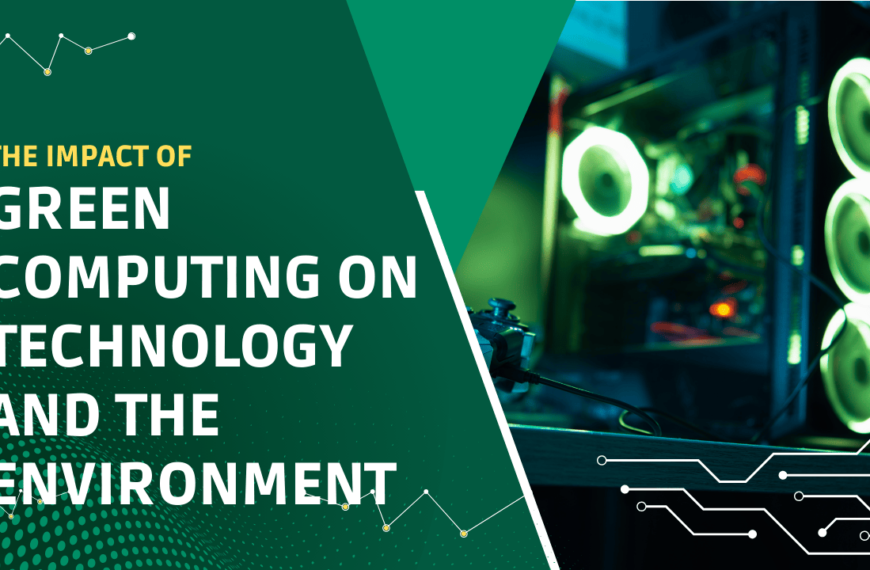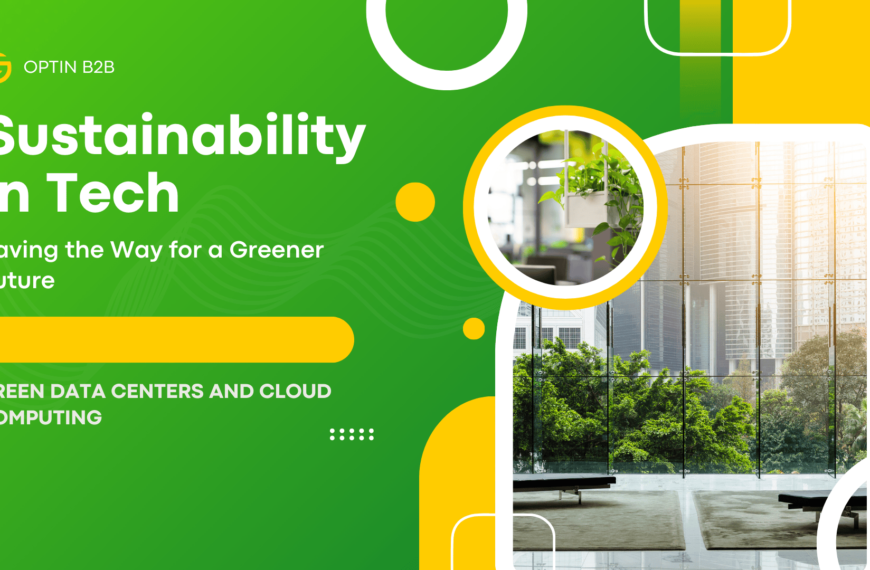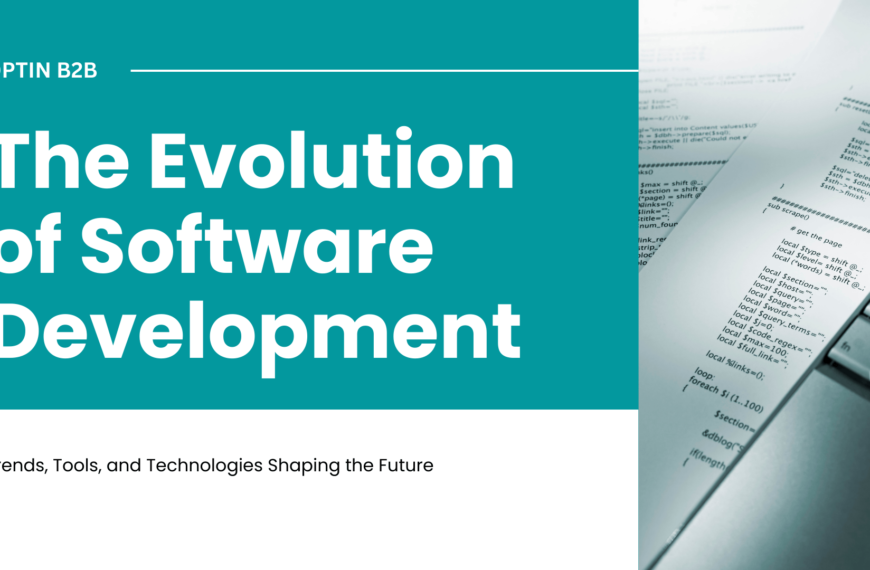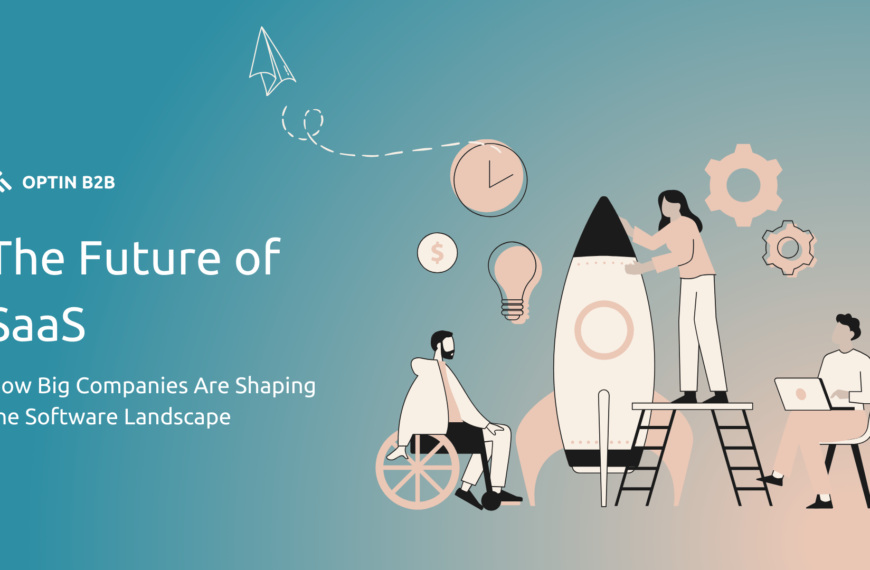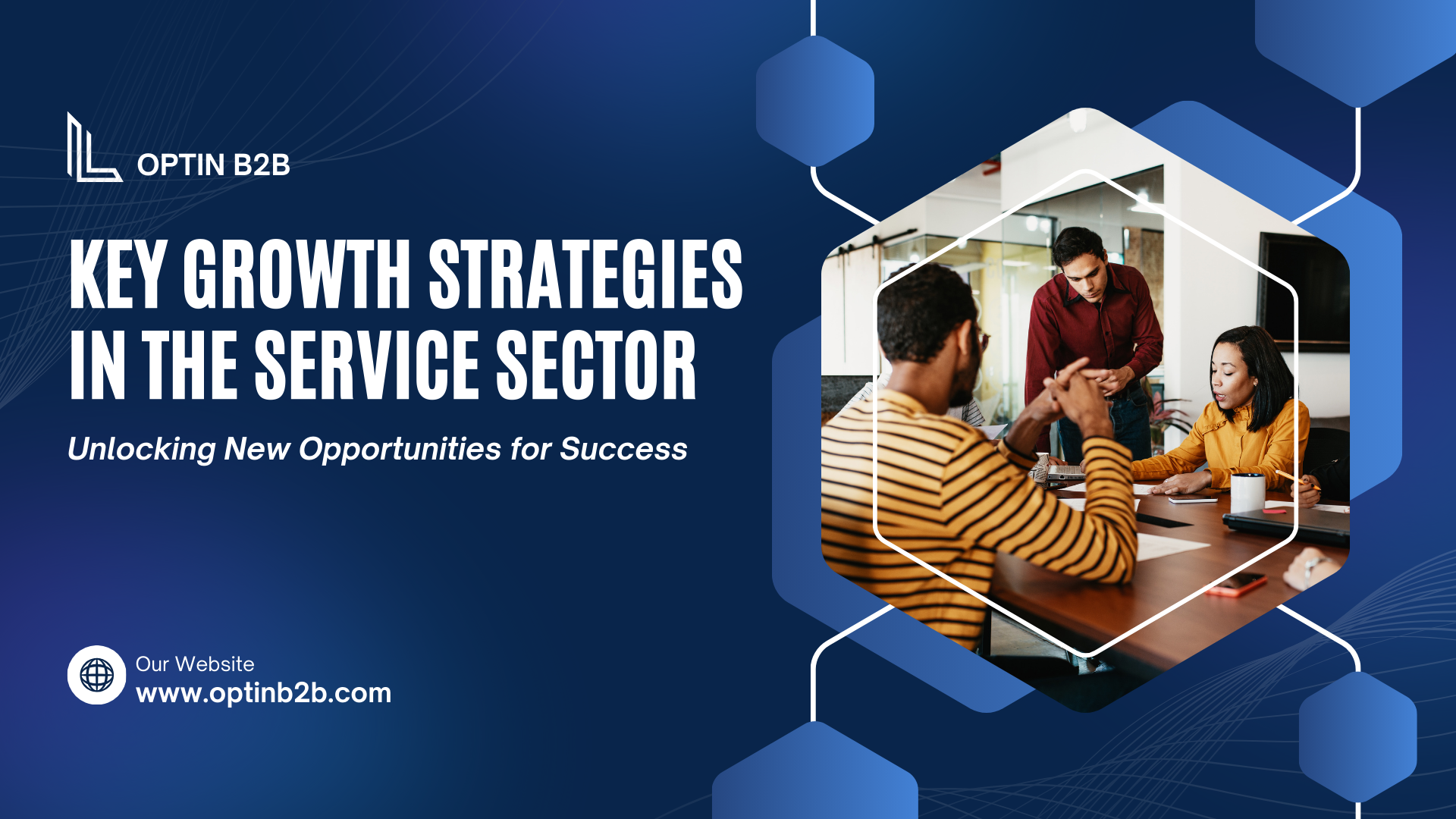The eCommerce industry is undergoing rapid transformations, driven by cutting-edge technologies that are reshaping how businesses interact with customers. As we move further into 2025, the integration of emerging tech into eCommerce platforms will not only enhance customer experiences but also streamline operations and improve overall efficiency. From AI-powered personalization to augmented reality (AR) experiences, here’s a look at some of the key technologies transforming the eCommerce landscape.
Artificial Intelligence (AI) and Machine Learning (ML)
AI and ML have already started making a significant impact in eCommerce, and their role will continue to expand in 2025. With AI algorithms, businesses can analyze vast amounts of data to gain deep insights into customer behavior, predict shopping patterns, and personalize recommendations. Companies like Amazon and Netflix have been pioneers in using AI to recommend products and content, respectively, based on customer preferences and purchase history. Similarly, Shopify and Magento have integrated AI-powered chatbots and automated customer service features that enhance user experience and streamline communication.
Augmented Reality (AR) and Virtual Reality (VR)
AR and VR are changing the way customers interact with products online. These immersive technologies allow shoppers to virtually “try before they buy,” offering them a more interactive and engaging experience. IKEA has implemented an AR feature in its app, enabling customers to visualize how furniture would look in their home environment before making a purchase. Similarly, Nike uses AR to let customers try on shoes virtually. By integrating AR/VR into their platforms, eCommerce companies can significantly improve customer engagement and reduce product returns.
Voice Commerce
As voice-activated devices become more integrated into everyday life, voice commerce is gaining traction. Platforms like Amazon Alexa and Google Assistant are allowing customers to place orders through voice commands, making shopping more convenient and hands-free. In 2025, this trend is expected to become even more widespread, with eCommerce platforms optimizing their websites and apps for voice search. This will change the way users shop, shifting the focus from typing out searches to using conversational commands, making shopping faster and easier.
Blockchain for Transparency and Security
Blockchain technology is being used to address some of the major pain points in eCommerce, including fraud, supply chain transparency, and secure transactions. In 2025, we can expect more businesses to adopt blockchain for secure payment systems and traceable supply chains. Companies like IBM and Walmart have already integrated blockchain technology into their supply chains to ensure the authenticity and quality of products. This level of transparency not only builds trust with customers but also reduces the risk of counterfeit goods entering the market.
Payment Innovations and Digital Wallets
In 2025, payment solutions will continue to evolve, offering more secure, convenient, and faster methods for consumers. Digital wallets like Apple Pay, Google Pay, and PayPal have already gained widespread adoption, and we can expect to see even more innovations in this space, such as biometric authentication for secure payments. Additionally, cryptocurrency may become more integrated into eCommerce transactions as businesses look to provide more flexible payment options.
The eCommerce landscape in 2025 will be defined by innovations in AI, AR/VR, blockchain, voice commerce, and payment technologies. These tools are designed not only to improve the customer experience but also to streamline operations and create new opportunities for businesses. As companies embrace these technologies, those that adapt quickly will be able to offer enhanced shopping experiences, improve security, and maintain a competitive edge in an increasingly digital marketplace. To stay ahead of the curve, businesses must keep an eye on these trends and leverage emerging technologies that best fit their customer needs.


